Generally, Pressure Gauges and Differential Pressure Gauges are provided with Micrometer type Pointer, by which zero can be adjusted after opening the Bezel & Glass.
However, for Gauges with Liquid (Glycerine/ Silicone Oil) filled Case, this arrangement is practically not suitable since the filling liquid has to be drained before opening the Bezel & Glass.
After doing the zero adjustments, the Bezel & Glass has to be re-assembled and again the Case has to be filled with Liquid.
Pressure Gauges with Zero Adjustment
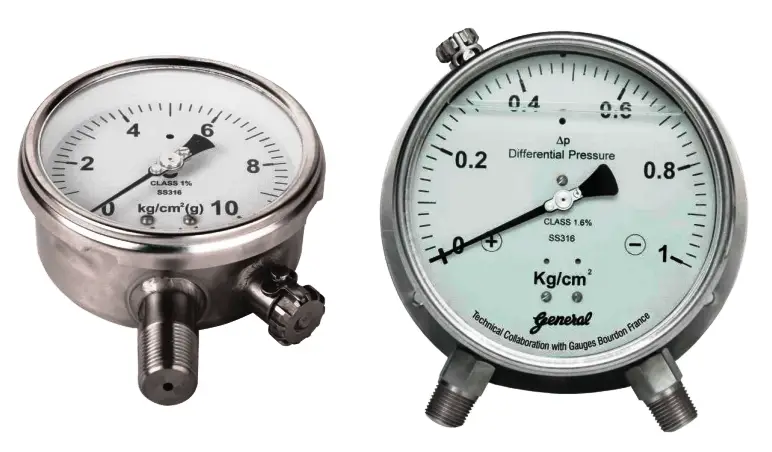
In order to overcome this difficulty, Manufacturers have developed a unique design of External Zero Adjustment.
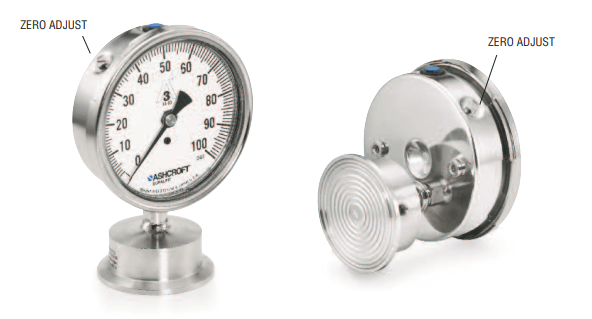
Image courtesy: Ashcroft
By this arrangement, zero can be adjusted without draining the Glycerine, without opening the Bezel, without Removing the Glass & without touching the Pointer, just by rotating a knob provided outside the Gauge. This arrangement is highly recommended from the maintenance view, especially for Liquid filled Gauges.
Reference: General-Instruments
Read Next:
- Pressure Gauge Datasheets
- Remote Seal Transmitter for Vacuum
- Pressure Measurement Compensation
- Installation of Pressure Gauges
- Vacuum Gauges Principle
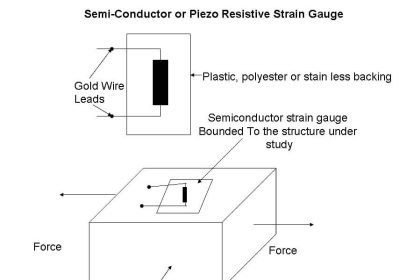
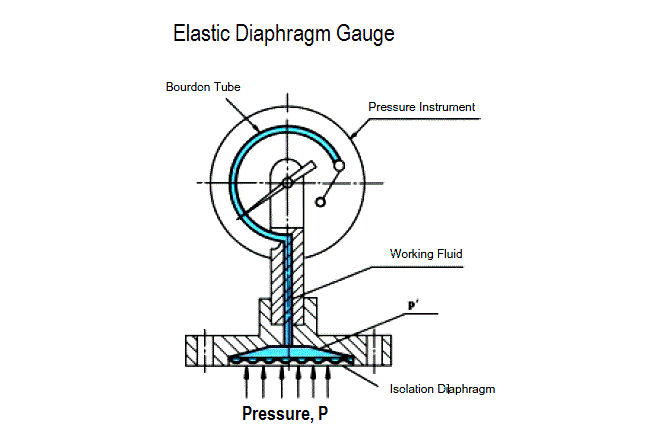

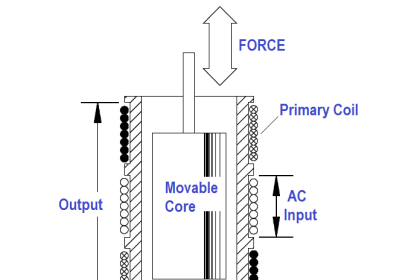
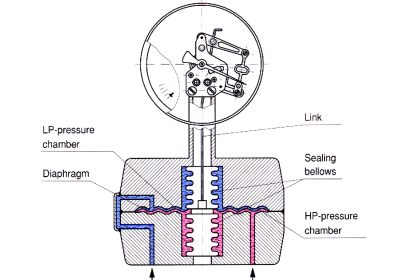
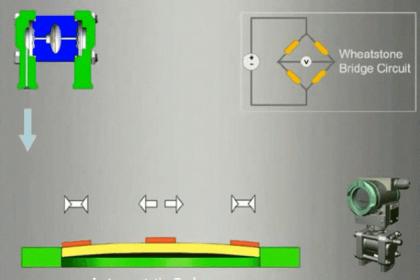
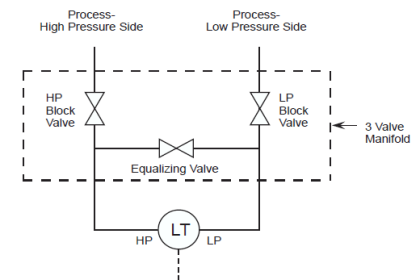
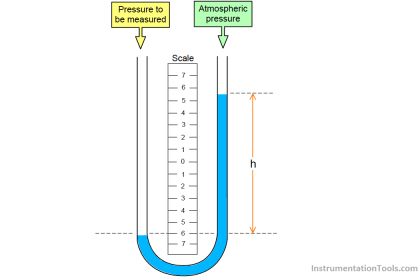

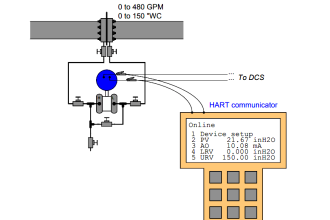



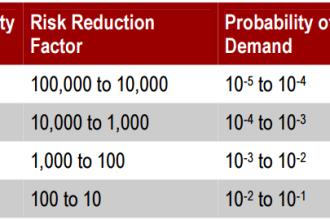
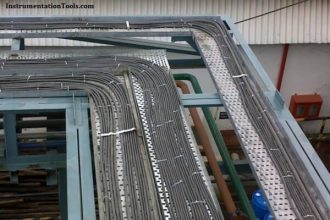


Glycerin-filled pressure gauges offer a number of advantages over traditional (without Liquid Filled)
In traditional gauges, condensation build-up results in visibility issues. In Dry Gauges, it is difficult to read Gauge in Humidity Environment. This can be crucial and costly in high-humidity environments—an unreadable gauge is a worthless gauge.
A solution to the impact of high humidity situations, liquid-filled gauges are designed to prevent moisture from entering not only the body casing but also the inside of the case lens.
Liquid-filled gauges have longer lives than traditional gauges because of their viscous fluid filling. Over time, this design advantage results in cost savings due to lowered instrumentation costs as well as lessened unscheduled downtime.
Internal liquids protect against severe temperature fluctuations and vibrations—major factors in the breakdown of regular gauges. Because they dampen temperature spikes and vibrations, liquid-filled gauges are easier to read, allowing for greater accuracy and process control.
Because they are sealed and constructed to meet rugged specifications, liquid-filled gauges are commonly used in chemical processes or in manufacturing or refining processes, and where products must be transported, stored, or handled in extreme temperature conditions.